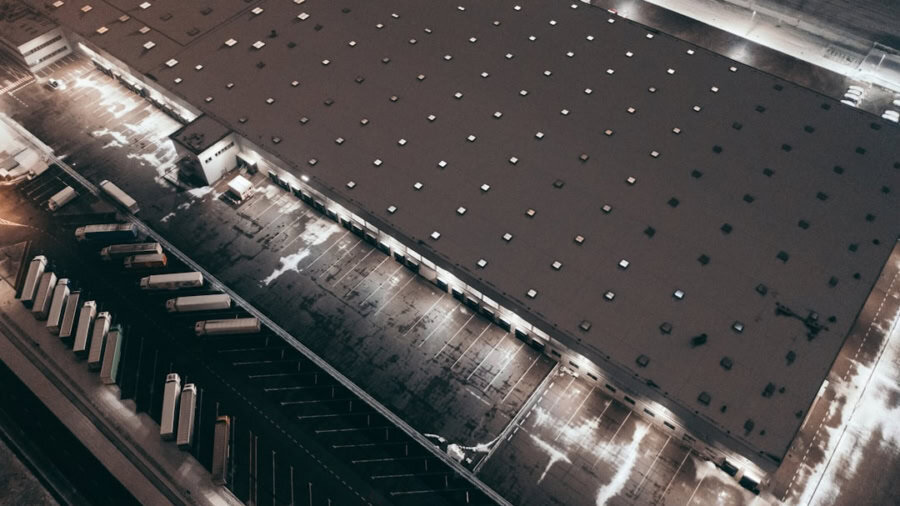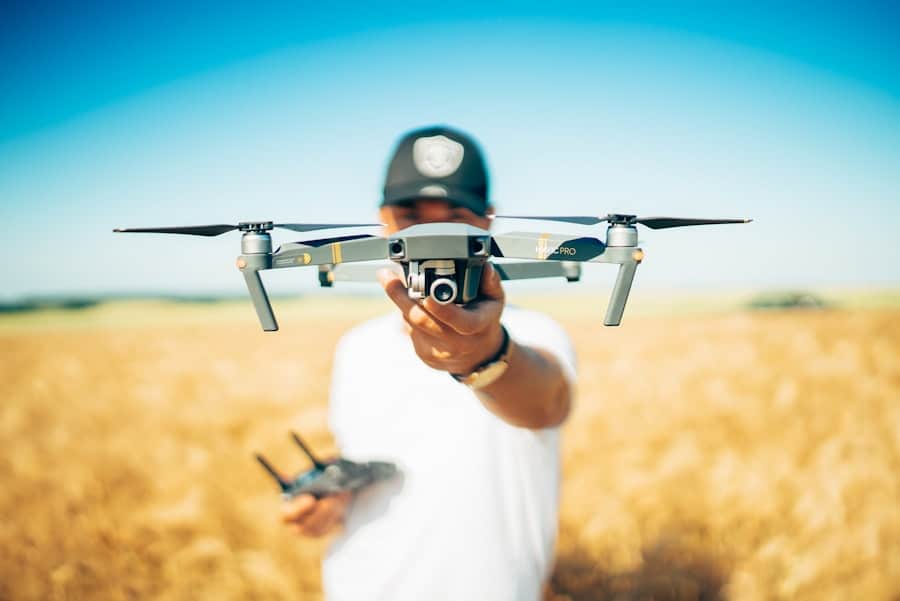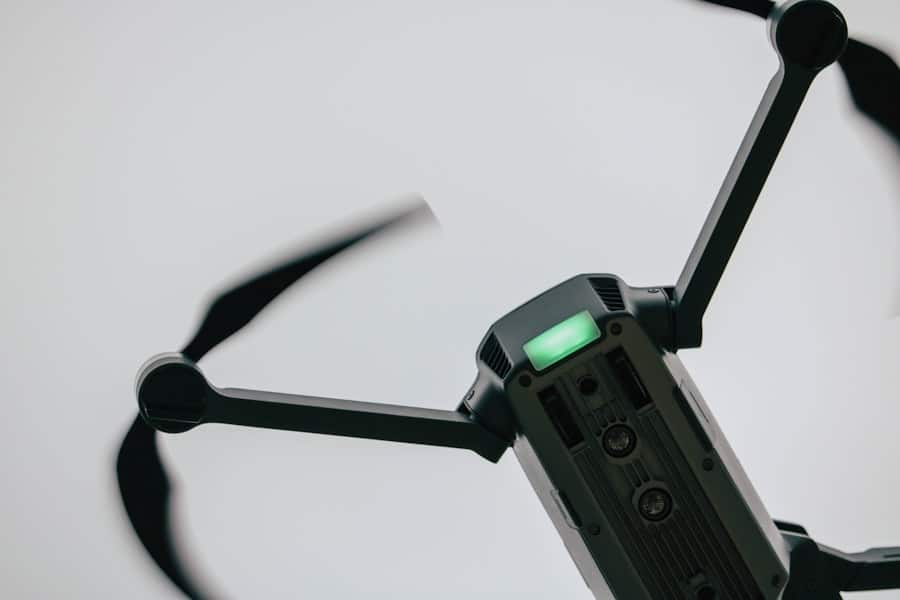The advent of autonomous drones has ushered in a new era of logistics and delivery services, fundamentally altering how goods are transported and received. These unmanned aerial vehicles (UAVs) are equipped with advanced navigation systems, sensors, and artificial intelligence, enabling them to operate independently and efficiently. The concept of using drones for personal deliveries has gained traction in recent years, driven by the increasing demand for faster and more convenient delivery options.
As e-commerce continues to flourish, the need for innovative solutions to meet consumer expectations has never been more pressing. Drones present a compelling alternative to traditional delivery methods, promising to reduce delivery times and costs while enhancing customer satisfaction. The potential applications of autonomous drones extend beyond mere package delivery.
They can be utilized in various sectors, including healthcare, agriculture, and emergency services.
This versatility positions drones as a transformative technology that could redefine logistics and supply chain management.
As companies explore the feasibility of drone deliveries, the implications for urban infrastructure, regulatory frameworks, and consumer behavior are profound and warrant careful consideration.
Key Takeaways
- Autonomous drones for personal deliveries are a rapidly advancing technology with the potential to revolutionize the way goods are transported.
- Current challenges and limitations include battery life, payload capacity, and regulatory restrictions on flying beyond line of sight.
- Advancements in technology and regulation, such as improved battery technology and updated airspace regulations, are helping to overcome these limitations.
- The impact on traditional delivery services could be significant, with potential job displacement and changes to existing infrastructure.
- Potential benefits for consumers and businesses include faster delivery times, reduced costs, and increased accessibility to remote areas.
Current Challenges and Limitations
Regulatory Compliance: A Significant Obstacle
Aviation authorities worldwide have established strict regulations governing drone operations, primarily to ensure safety in airspace shared with manned aircraft. These regulations often require drones to maintain visual line-of-sight with operators, limiting their operational range and efficiency. Moreover, the lack of standardized regulations across different countries complicates international drone delivery operations, creating a patchwork of rules that companies must navigate.
Technical Limitations: Flight Stability and Navigation
Advancements in drone technology have improved flight stability and navigation capabilities. However, issues such as battery life and payload capacity remain critical concerns. Most commercial drones have limited flight times, typically ranging from 20 to 30 minutes, which restricts their ability to cover long distances or deliver heavier packages.
Weather Conditions and Ongoing Research
Adverse weather conditions can severely impact drone performance, making them less reliable during storms or high winds. These technical constraints necessitate ongoing research and development to enhance drone capabilities and ensure their viability as a delivery solution.
Advancements in Technology and Regulation
In recent years, significant advancements in drone technology have paved the way for more efficient and reliable delivery systems. Innovations in battery technology, such as lithium-sulfur batteries, promise to extend flight times and increase payload capacities. Additionally, improvements in artificial intelligence and machine learning algorithms enable drones to navigate complex urban environments more effectively.
These technologies allow drones to avoid obstacles, optimize flight paths, and adapt to changing conditions in real-time, enhancing their operational efficiency. On the regulatory front, governments are beginning to recognize the potential benefits of drone deliveries and are working to create frameworks that facilitate their integration into existing airspace systems. In the United States, the Federal Aviation Administration (FAA) has initiated programs like the Unmanned Aircraft System (UAS) Integration Pilot Program, which allows select companies to test drone operations under specific conditions.
Similarly, the European Union has established a regulatory framework that aims to harmonize drone operations across member states. These regulatory advancements are crucial for fostering innovation while ensuring public safety and airspace security.
The Impact on Traditional Delivery Services
The rise of autonomous drones for personal deliveries is poised to disrupt traditional delivery services significantly. Companies like Amazon and UPS are already experimenting with drone technology to enhance their logistics operations. As these organizations invest in drone fleets, they may reduce reliance on conventional delivery methods such as trucks and vans, leading to a paradigm shift in how goods are transported.
This shift could result in decreased operational costs for businesses as drones require less maintenance and fuel compared to traditional vehicles. Moreover, the speed at which drones can deliver packages presents a competitive advantage that traditional delivery services may struggle to match. Drones can bypass traffic congestion and navigate directly to delivery locations, significantly reducing delivery times.
For consumers accustomed to instant gratification in e-commerce, this rapid delivery capability could become a key differentiator among service providers. As a result, traditional delivery companies may need to adapt their business models or invest in drone technology themselves to remain competitive in an evolving market landscape.
Potential Benefits for Consumers and Businesses
The integration of autonomous drones into personal delivery services offers numerous benefits for both consumers and businesses. For consumers, the most immediate advantage is the promise of faster deliveries. With drones capable of delivering packages within hours or even minutes of placing an order, customers can enjoy a level of convenience previously unattainable through traditional delivery methods.
This immediacy can enhance customer satisfaction and loyalty, as consumers increasingly seek quick solutions for their purchasing needs. For businesses, adopting drone technology can lead to significant cost savings over time. Drones can reduce labor costs associated with last-mile deliveries, as fewer human resources are needed for transportation tasks.
Additionally, drones can operate in various environments without the constraints of traffic or road conditions, allowing businesses to expand their service areas without incurring substantial infrastructure investments. Furthermore, companies that leverage drone technology may enhance their brand image by positioning themselves as innovative leaders in their respective industries.
Privacy and Security Concerns
As with any emerging technology, the deployment of autonomous drones for personal deliveries raises important privacy and security concerns that must be addressed. The ability of drones to capture high-resolution images and collect data during their flights poses potential risks to individual privacy rights. Consumers may be apprehensive about being monitored or recorded without their consent while drones navigate urban environments or residential areas.
This concern necessitates clear guidelines on data collection practices and transparency regarding how information is used. Security is another critical issue associated with drone deliveries.
Malicious actors could potentially hijack drones or disrupt their navigation systems, leading to accidents or unauthorized deliveries. To mitigate these risks, companies must invest in robust cybersecurity measures and develop protocols for secure communication between drones and control systems. Establishing trust with consumers will be essential for the successful adoption of drone delivery services.
The Role of Autonomous Drones in Urban Environments
Urban environments present unique challenges and opportunities for the deployment of autonomous drones for personal deliveries. High population density and complex infrastructure can complicate traditional delivery methods but also create a fertile ground for drone operations. Drones can alleviate traffic congestion by providing an alternative means of transportation for goods, reducing the number of delivery vehicles on the road.
This shift could lead to lower emissions and improved air quality in urban areas. Moreover, drones can enhance access to goods in underserved neighborhoods or remote locations within cities where traditional delivery services may be less efficient or cost-prohibitive. By utilizing vertical space for deliveries rather than relying solely on road networks, drones can reach customers who might otherwise face delays or difficulties receiving packages.
However, successful integration into urban environments will require collaboration between city planners, regulatory bodies, and technology providers to establish designated flight paths and ensure safe operations amidst existing air traffic.
Predictions for the Future of Autonomous Drones for Personal Deliveries
Looking ahead, the future of autonomous drones for personal deliveries appears promising yet complex. As technology continues to advance and regulatory frameworks evolve, we can expect an increase in the number of companies adopting drone delivery services. Major players in e-commerce are likely to expand their drone fleets significantly as they seek competitive advantages in an increasingly crowded market.
This growth will likely spur further innovation in drone design and functionality as companies strive to meet consumer demands for speed and reliability. In addition to commercial applications, we may see governments exploring the use of drones for public services such as emergency response or infrastructure monitoring. The versatility of drones could lead to new partnerships between private companies and public agencies aimed at addressing societal challenges through innovative solutions.
However, achieving widespread acceptance will require ongoing dialogue about privacy concerns, safety regulations, and public perceptions of drone technology. As we move toward a future where autonomous drones play an integral role in personal deliveries, it is essential for stakeholders across industries to collaborate on developing best practices that prioritize safety while maximizing efficiency. The journey toward fully realizing the potential of drone technology will undoubtedly involve navigating challenges; however, the rewards could reshape logistics and redefine consumer experiences in unprecedented ways.
In a recent article discussing the future of autonomous drones for personal deliveries, it is interesting to note the advancements in technology that are shaping the way we interact with our devices. One related article that caught my attention is The Best Tech Products 2023, which explores the latest innovations in the tech industry and how they are revolutionizing the way we live and work. As we look towards a future where autonomous drones play a significant role in our daily lives, it is important to stay informed about the cutting-edge technologies that are driving these changes.
FAQs
What are autonomous drones for personal deliveries?
Autonomous drones for personal deliveries are unmanned aerial vehicles that are capable of navigating and delivering packages to customers without the need for human intervention.
How do autonomous drones for personal deliveries work?
Autonomous drones for personal deliveries use a combination of sensors, GPS, and advanced algorithms to navigate to their destination. They can also detect and avoid obstacles in their path.
What are the potential benefits of using autonomous drones for personal deliveries?
The potential benefits of using autonomous drones for personal deliveries include faster delivery times, reduced delivery costs, and the ability to reach remote or hard-to-access areas.
What are the challenges of implementing autonomous drones for personal deliveries?
Challenges of implementing autonomous drones for personal deliveries include regulatory hurdles, safety concerns, and the need for advanced technology to ensure reliable and efficient operation.
What is the current state of autonomous drones for personal deliveries?
Autonomous drones for personal deliveries are still in the early stages of development and testing. Several companies are conducting pilot programs to assess their feasibility and potential impact on the delivery industry.
What is the future outlook for autonomous drones for personal deliveries?
The future outlook for autonomous drones for personal deliveries is promising, with the potential to revolutionize the way goods are delivered to consumers. However, widespread adoption will depend on overcoming regulatory, technological, and public acceptance challenges.



